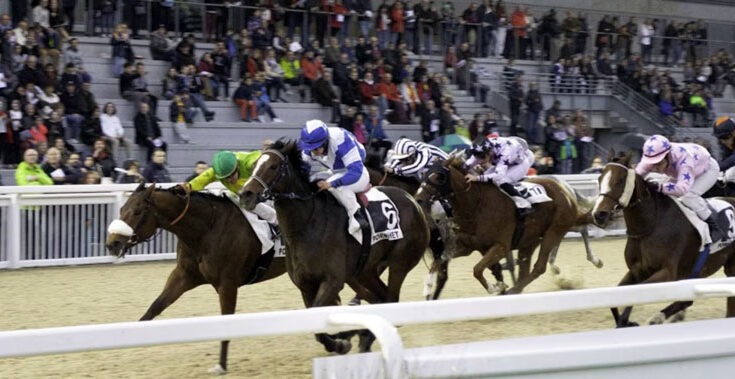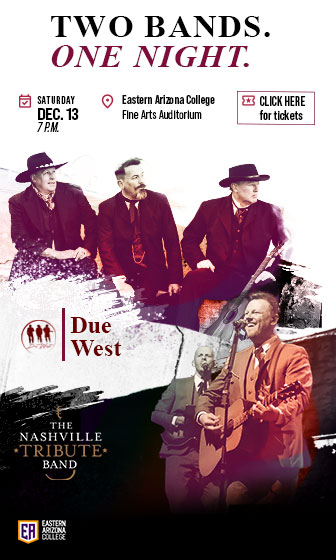The digital shift in horse racing is changing how stakeholders connect with the sport. These developments are influencing how operators and fans manage engagement and uphold betting integrity.
Despite technological evolution, current digital horse racing tools have not replaced long-established racing traditions. Instead, modern digitalization has enabled fans and trainers to participate in familiar ways through modern channels.
Let’s learn how the sport’s historic customs remain central even as engagement and integrity standards evolve through digital change.
The First Technological Leap
In the early racing years, horse racing results often depended on a judge’s eye. However, human timing led to errors and frustration, particularly in close contests. To reduce disputes, mechanical stopwatches, called “chronometers,” entered the sport in the nineteenth century around the 1800s.
Mechanical stopwatches offered more accurate readings and improved competitive fairness. Trainers and fans welcomed such greater accuracy that became common by the late 1800s. More importantly, since the stopwatches did not alter the race structure, horse racing tradition remained secure.
Photographic Finish Technology Debuts
Before photographic finishes, tight endings created arguments that lasted long after races ended. Officials struggled to determine the winners with certainty. When the “strip camera” came in the 1930s, it transformed decision-making by offering uncontestable visual evidence.
With time, trainers and fans accepted the role of the camera in explaining results throughout the late 1930s. It supported the traditional expectation of fairness that had guided racing from its earliest days. As a result, it strengthened the sport’s credibility while keeping the competitive structure untouched.
Broadcast Expansion Grows
Fans who lived far from racetracks once struggled to follow events. Consequently, limited access hurt audience growth and reduced wagering interest. However, due to the widespread use of radio broadcasts and television in the mid-20th century, the sport was able to form new communities.
Viewers soon formed habits around listening or watching from home. They engaged with track traditions through new media rather than replacing them. Even as technology broadened its reach, the excitement of competition, the analysis, and the anticipation all reflected the sport’s enduring identity.
Computerized Wagering Takes Over
Traditional wagering systems often buckled under heavy crowds. Long lines created inefficiency, and manual tallies produced errors. When computerized totalizators appeared widely in the 1970s, they automated processes and stabilized pool calculations.
As wagering became smoother through the late 1970s, fans continued using trusted strategies. The digital shift supported their rituals without transforming them. In this way, technology enabled speed and reliability while leaving the traditional bettor’s experience largely untouched.
Synthetic Track Innovation Arrives
Traditional dirt tracks were vulnerable to weather changes. Such unevenness increased the threat of injury and forced cancellations. Synthetic surfaces, consequently, were developed in the early 2000s.
They provided consistent conditions and reduced hazards.
Eventually, trainers learned how to adapt to new surfaces while maintaining classic preparation methods. Since synthetic tracks coexisted with traditional ones, the sport kept its identity. The innovation enhanced welfare but did not change what made racing recognizable.
Online Wagering Evolves
Despite computerized wagering, many bettors lacked convenient access to racing. Distance, scheduling, and limited venues restricted participation. Online sportsbooks that appeared in the mid-1990s removed these barriers, and therefore, reliable remote wagering became common.
Over the years, the operators and the government have strengthened this trust through regulation. FanDuel Racing is among the widely known platforms. The sportsbook expanded horse racing participation in regulated states while preserving the time-honored culture around race wagering.
Mobile Racing Platforms Expand Rapidly
The shift toward mobile devices created demand for more flexible digital tools. By the early 2010s, operators expanded services to mobile platforms to meet changing user behavior. This shift made digital access faster and more practical.
Mobile platforms continued what online systems started by making participation available at any time. These tools improved convenience but kept traditional race-following habits the same, allowing long-standing routines to continue in a more accessible format.
Racing Tradition Endures Through Ongoing Change
The evolution of racing technology shows a clear path from mechanical timing to digital change. Early tools improved accuracy and fairness, while mid-century advances expanded audience reach and stabilized wagering systems. Now, digitalization increases accessibility and enhances safety.
Throughout these changes, traditional racing customs remained central. Each innovation supported long-held expectations rather than replacing them, allowing fans, trainers, and officials to engage with the sport in improved yet familiar ways.










